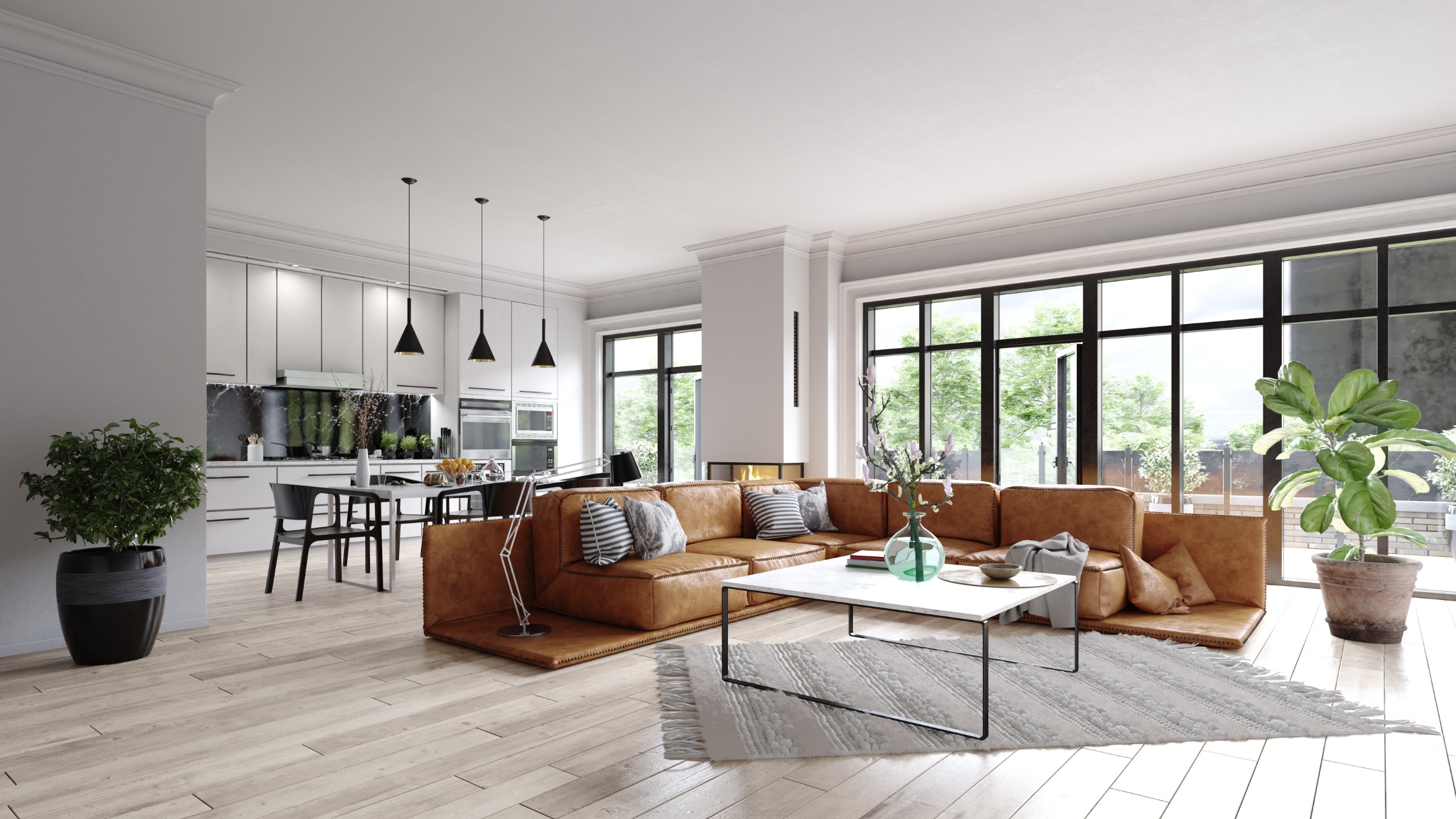
Living with allergies can make everyday activities challenging, especially if your home environment isn’t optimized to reduce allergens. Flooring plays a significant role in controlling allergens like dust, pollen, pet dander, and mold. Choosing the right flooring for allergy-prone homes can drastically improve indoor air quality and overall comfort. This guide will help you understand the best options for creating a healthier living space.
Why Flooring Matters for Allergy Sufferers
The type of flooring you choose can either trap allergens or help you maintain a cleaner, healthier home. Key considerations include:
- Allergen Resistance: Some materials naturally repel allergens.
- Ease of Cleaning: Surfaces that are easy to clean reduce allergen buildup.
- Moisture Resistance: Prevents mold and mildew, which are common triggers.
Best Flooring Options for Allergy-Prone Homes
Hardwood Flooring
- Why It’s Great: Hardwood is hypoallergenic and easy to clean. Dust and allergens don’t get trapped in its surface.
- Maintenance Tips: Regular sweeping and damp mopping can keep allergens at bay.
- Popular Choices: Oak, maple, and cherry are durable and stylish options.
Tile Flooring
- Why It’s Great: Tiles, such as ceramic or porcelain, are resistant to moisture and allergens. They don’t absorb dust or dander.
- Maintenance Tips: Clean tiles with a damp mop and use grout sealer to prevent mold growth.
- Design Options: Available in various colors, patterns, and textures to suit any home decor.
Luxury Vinyl Plank (LVP)
- Why It’s Great: LVP mimics the look of wood or stone but is more resistant to moisture and scratches. Its smooth surface doesn’t trap allergens.
- Maintenance Tips: Vacuum or mop regularly with a non-toxic cleaner.
- Bonus: Affordable and easy to install.
Cork Flooring
- Why It’s Great: Naturally antimicrobial and resistant to mold, mildew, and bacteria.
- Maintenance Tips: Sweep and damp mop regularly to maintain its hypoallergenic properties.
- Eco-Friendly: Cork is a sustainable option for green homes.
Bamboo Flooring
- Why It’s Great: Bamboo is hypoallergenic and eco-friendly. Its hard surface repels dust and dander.
- Maintenance Tips: Regular cleaning with a damp mop is sufficient.
- Durability: Stronger than hardwood and resistant to moisture.
Flooring Options to Avoid
Carpet
- Why It’s a Problem: Carpets trap dust, pollen, and pet dander, making it a nightmare for allergy sufferers.
- Alternative: If you must have a soft surface, consider low-pile, tightly woven rugs that are washable.
Natural Stone
- Why It’s a Problem: While durable, porous stones like travertine can harbor mold and bacteria without proper sealing.
Laminate Flooring
- Why It’s a Problem: Some laminate floors emit VOCs (volatile organic compounds) from adhesives, which can trigger allergies.
Features to Look For in Allergy-Friendly Flooring
Non-Toxic Materials
- Opt for flooring with low or zero VOC emissions to improve indoor air quality.
Smooth Surfaces
- Choose smooth, non-porous materials that don’t trap allergens.
Easy Maintenance
- Flooring that is easy to clean helps reduce allergen buildup.
Moisture Resistance
- Avoid materials prone to absorbing moisture, which can lead to mold and mildew.
How to Maintain Allergy-Friendly Flooring
- Vacuum Regularly: Use a vacuum with a HEPA filter to capture fine allergens.
- Damp Mop Frequently: A damp mop removes dust and prevents it from becoming airborne.
- Control Humidity: Use a dehumidifier to keep indoor humidity below 50%, reducing the risk of mold.
- Use Non-Toxic Cleaners: Avoid harsh chemicals that can aggravate allergies.
Benefits of Allergy-Friendly Flooring
- Improved Air Quality: Reduces airborne allergens for easier breathing.
- Easier Cleaning: Smooth surfaces make cleanup quick and effective.
- Healthier Living Space: Reduces exposure to common triggers like dust and mold.
- Aesthetic Appeal: Allergy-friendly options like hardwood and tile are both practical and stylish.
Where to Buy Allergy-Friendly Flooring
For high-quality flooring options, visit trusted retailers like:
These stores offer a range of styles and materials that cater to allergy-prone households.
Conclusion
Choosing the right flooring for allergy-prone homes is essential for creating a healthier and more comfortable living environment. Opt for materials like hardwood, tile, or LVP, which are hypoallergenic, easy to clean, and moisture-resistant. With careful selection and regular maintenance, you can minimize allergens and enjoy a cleaner, fresher home.











